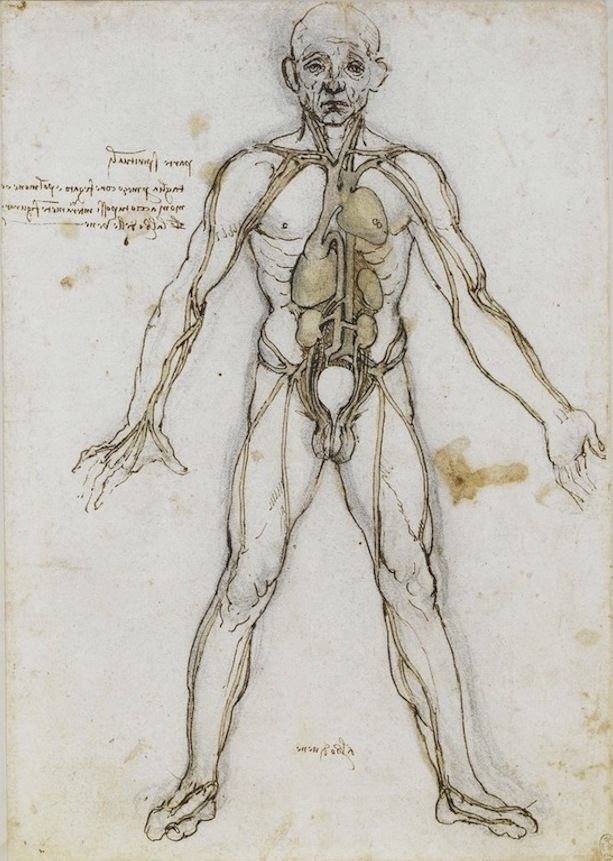 | ||
The following outline is provided as an overview of and topical guide to human anatomy:
Contents
- Essence of human anatomy
- Branches of human anatomy
- Anatomy of the human body
- General anatomy
- Bones
- Joints
- Muscles
- Alimentary system
- Respiratory system
- Urinary system
- Genital systems
- Abdominopelvic cavity
- Endocrine glands
- Cardiovascular system
- Lymphoid system
- Nervous system
- Sense organs
- The integument
- History of human anatomy
- Organizations
- Anatomists
- References
Human anatomy – scientific study of the morphology of the adult human. It is subdivided into gross anatomy and microscopic anatomy. Gross anatomy (also called topographical anatomy, regional anatomy, or anthropotomy) is the study of anatomical structures that can be seen by unaided vision. Microscopic anatomy is the study of minute anatomical structures assisted with microscopes, and includes histology (the study of the organization of tissues), and cytology (the study of cells).
Essence of human anatomy
Branches of human anatomy
Anatomy of the human body
The following list of human anatomical structures is based on the Terminologia Anatomica, the international standard for anatomical nomenclature. While the order is standardized, the hierarchical relationships in the TA are somewhat vague, and thus are open to interpretation.
